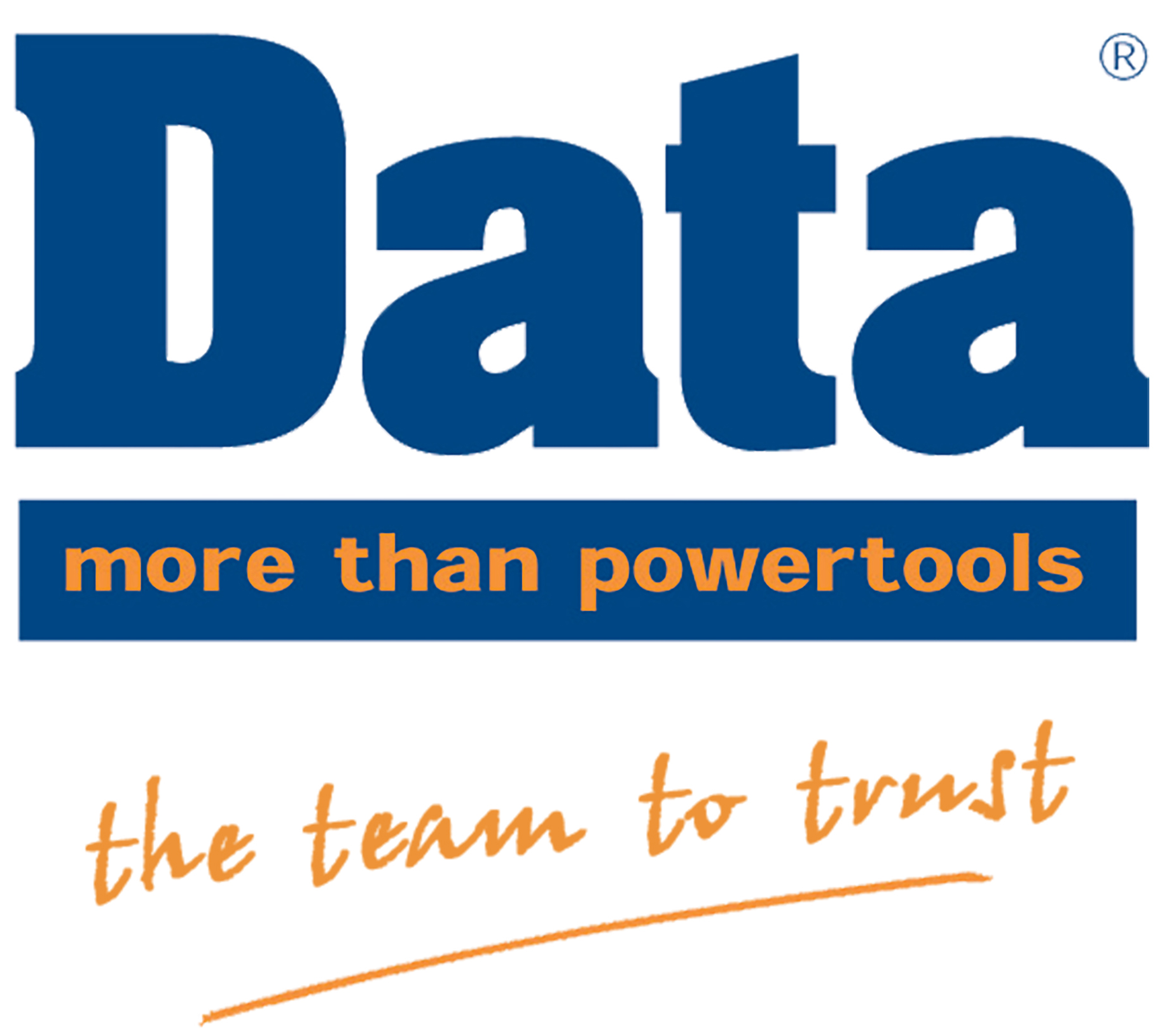The Cost of Cutting Corners on Safety
Working on a high-risk site comes with hazards you can’t afford to ignore — sharp edges, flying sparks, falling objects, high-decibel noise, and dangerous airborne particles. Whether you’re laying bricks, grinding metal, or wiring live circuits, the right Personal Protective Equipment (PPE) isn’t just a box-ticking exercise — it’s your first line of defence. This guide breaks down everything construction workers, electricians, and metalworkers need to know when choosing PPE, with a strong focus on protection, comfort, compliance, and long-term durability.
PPE Compliance and UK Regulations
In the UK, PPE is governed by the Personal Protective Equipment at Work Regulations 2022, which places legal responsibility on both employers and workers. Employers must provide suitable PPE free of charge, and workers must use it as instructed. Look for items that meet British Standards (BS) or European Norms (EN) — for example, EN 397 for safety helmets, EN 166 for eye protection, and EN ISO 20345 for safety footwear. These markings are more than just symbols — they indicate that your gear has been tested to withstand real-world hazards.
Matching PPE to the Job: Trade-Specific Considerations
Not all trades face the same risks — and even within a single trade, tasks vary. Construction workers typically face multiple hazards at once: impact risks from above, sharp debris underfoot, and exposure to dust and noise. Their PPE needs to be multi-layered and durable, with visibility often playing a big role. Metalworkers, particularly those involved in welding or grinding, need high heat resistance, cut protection, and proper shielding from sparks and UV flash. Shaded eye protection and flame-retardant gloves are non-negotiable. Electricians, on the other hand, need insulated gear that reduces the risk of arc flash and electric shock. Non-conductive helmets, arc-rated face shields, dielectric boots, and flame-resistant clothing are critical. The key is to understand your task first — then build your PPE around it.
Helmets and Head Protection
On busy job sites, falling tools and overhead hazards are constant risks. A quality hard hat that meets EN 397 or EN 12492standards is a must. Opt for helmets with adjustable suspension systems, sweatbands for all-day comfort, and the ability to attach accessories like visors, earmuffs, or lamps. For electrical work, non-vented helmets are safer as they reduce the risk of contact with live conductors. Bump caps may be enough for low-risk environments, but on construction and metalworking sites, only full hard hats offer the protection you need.
Eye and Face Protection That Actually Works
Eye injuries are one of the most common workplace incidents — and also among the easiest to prevent. Safety glasses, goggles, and face shields each serve different roles. Glasses are ideal for light debris or dust, goggles provide a seal against fine particles, and face shields offer full-face coverage for grinding, spraying, or high-heat applications. Look for anti-fog coatings, scratch-resistant lenses, and comfortable nose bridges. Lens colour matters too — clear lenses are standard, while shaded lenses are essential for welding and metalwork. All products should meet EN 166standards.
Hearing Protection: Blocking Out Harm
Constant exposure to noise above 85 decibels (dB) can cause permanent hearing loss — something that creeps in gradually and can’t be reversed. Earmuffs and earplugs both have their place. Earmuffs are easier to put on and take off, ideal for intermittent use. Earplugs, especially moulded or reusable types, are better for all-day wear under helmets or face shields. Check the SNR (Single Number Rating)— the higher the number, the more noise is blocked. Choose the right level based on your environment, and ensure the fit is snug. Uncomfortable hearing protection often gets left out — which defeats the point entirely.
Respiratory Protection: Breathe Easy
Inhaling fine dust, fumes, or chemicals can lead to chronic lung damage — which is why suitable respiratory protection is essential. Disposable respirators (like FFP2 or FFP3 masks) are lightweight and good for short, dusty jobs. Reusable half-face or full-face respiratorsoffer a longer-term solution and can be fitted with P1, P2, or P3 filters depending on what you need protection from. The higher the number, the greater the filtration. Fit matters just as much as filter level. A loose mask is as good as no mask. Make sure your respirator forms a proper seal — and store it properly to avoid contamination between uses.
Disposable vs Reusable: What Should You Choose?
Disposable PPE is great for hygiene and convenience — particularly for short jobs or when dealing with messy materials. But it often lacks the fit, durability, and cost-efficiency of reusable gear. Reusable PPE, such as respirators and gloves, can save money in the long run and offer better protection if maintained correctly. Consider the frequency of the task, hygiene needs, and how much gear your site burns through on a weekly basis.
Safety Gloves: Grip, Cut Resistance, and Dexterity
Hands are among the most frequently injured parts of the body on a worksite — and choosing the right gloves is more than just picking a size. Look for gloves rated to EN 388 for cut, abrasion, and puncture resistance. For electricians, EN 60903 certified insulating gloves are vital. For metalworkers, flame resistance and heat protection are key. A great pair of gloves balances protection with dexterity. If you can’t hold your tools properly, they’ll get pulled off — fast. Try to match glove types to tasks: nitrile-coated for wet conditions, leather for durability, or Kevlar-blend for high-risk tasks.
Footwear That’s More Than Just Steel Toes
Good safety boots support your entire body. Start with toe protection — either steel for heavy-duty impact or composite for lighter weight and electrical resistance. Beyond the toe, look for slip-resistant soles, anti-penetration midsoles (especially on construction sites), and waterproof linings for wet conditions. For electricians, ESD-rated or dielectric footwearreduces the risk of shock. Comfort shouldn’t be sacrificed either — sore feet slow you down and increase fatigue.
Why Fit and Comfort Matter
Even the best PPE won’t protect you if it’s uncomfortable. Ill-fitting gloves get ditched, tight helmets give headaches, and stuffy respirators end up under the chin instead of over the nose. Investing in well-fitting PPE increases compliance, boosts comfort, and keeps workers safer for longer. Look for adjustable elements, breathable materials, and lightweight designs where possible. PPE should support the way you work — not get in the way of it.
PPE Kits and Sitewide Gear Coordination
Equipping teams with consistent, standardised PPE removes the guesswork. Whether you’re managing a construction crew or onboarding subcontractors, pre-packed PPE kitsby trade or task save time and reduce compliance errors. Standardising gear across teams also avoids confusion about who needs what — and streamlines replacement ordering. If you're managing multiple workers, it's worth investing in PPE kits that cover all bases: head, eye, hand, respiratory, and foot protection.
PPE Maintenance and Replacement
Old PPE can be just as risky as no PPE at all. Helmets lose structural integrity over time. Filters degrade. Boots lose tread.
Follow the manufacturer’s guidelines for each product — but as a rule of thumb:
- Helmets: Replace every 2–5 years, depending on site exposure.
- Respirators: Replace filters regularly and store them in sealed containers.
- Gloves: Replace when damaged, wet, or after significant wear.
- Boots: Replace once they lose grip, start leaking, or show significant wear on the upper.
Clean gear lasts longer — and works better. Store everything in a clean, dry place out of direct sunlight.
The Future of PPE: Smarter Gear Ahead
PPE is evolving. Some sites are now adopting smart helmets with built-in lighting, environmental sensors, or communication tools. Others are trialling sensor-embedded veststhat track motion or detect exposure to noise or chemicals. While not yet the standard, this gear represents where the industry is heading — and shows the increasing value placed on integrating safety with site data and real-time awareness.
Recommended PPE Categories
At Data Powertools, we offer a full range of PPE designed for tradespeople working in the toughest environments. Browse our product categories below:
- Hard Hats & Helmets
- Safety Glasses
- Face Shields
- Hearing Protection
- Respiratory Gear
- Safety Gloves
- Safety Boots & Footwear
- Complete PPE Kits
Each item is carefully selected for compliance, durability, and trade-specific functionality.
Final Thoughts: PPE That Works as Hard as You Do
PPE isn’t a chore — it’s protection. The right gear helps you get the job done confidently, knowing you’re covered from head to toe. When you invest in proper fit, durability, and comfort, you’re investing in your own productivity and wellbeing. Whether you’re on the tools or managing a team, choosing the right PPE keeps everyone safer, more efficient, and ready for whatever the worksite throws at them.
FAQ
Q1: How often should PPE be replaced?
A1: It depends on the item and conditions, but generally: helmets every 2–5 years, boots every 12–24 months, gloves and respirators as soon as they show wear or damage.
Q2: What PPE is mandatory on UK construction sites?
A2: Hard hats, high-visibility clothing, and safety footwear are usually required. Additional PPE (like gloves, eye protection, and respirators) depends on the tasks involved.
Q3: How do I choose the right respirator for my job?
A3: Consider the hazard (dust, fumes, chemicals) and match the filter level (P1–P3) accordingly. Make sure the fit is correct and that the respirator complies with EN standards.
Q4: Are composite toe boots as safe as steel toes?
A4: Yes — composite toes meet the same EN ISO 20345 standards as steel toes but are lighter and non-conductive, making them ideal for electricians.
Q5: Can I supply my own PPE instead of using what's provided by my employer?
A5: You can, but your employer must ensure it meets legal standards and is appropriate for the task. They are still responsible for your safety on site.





